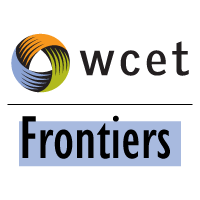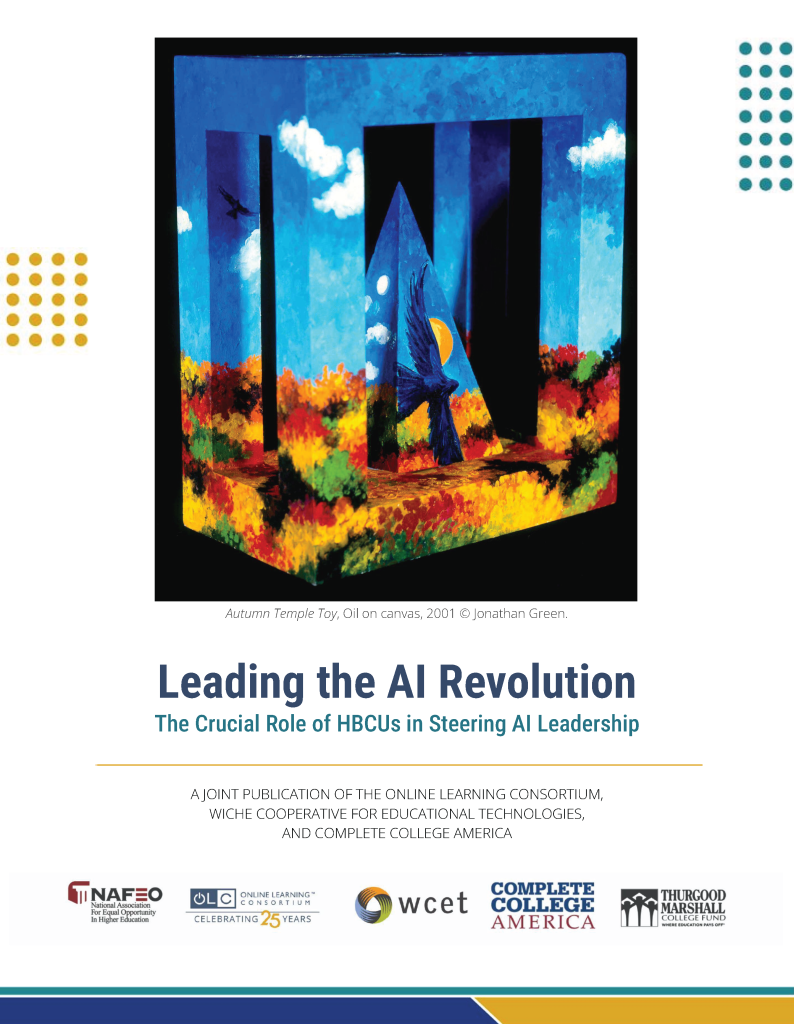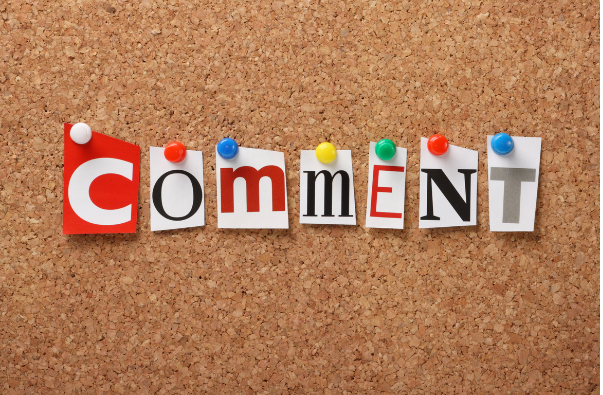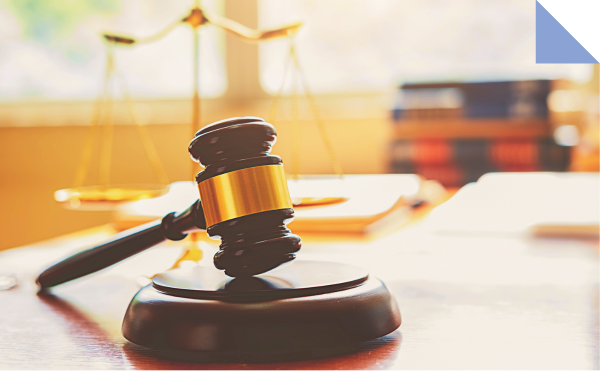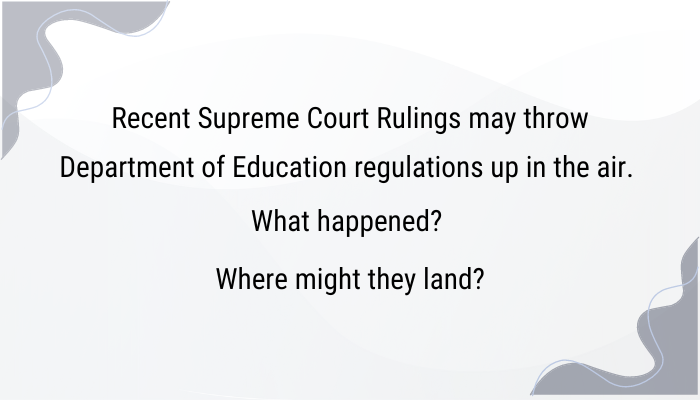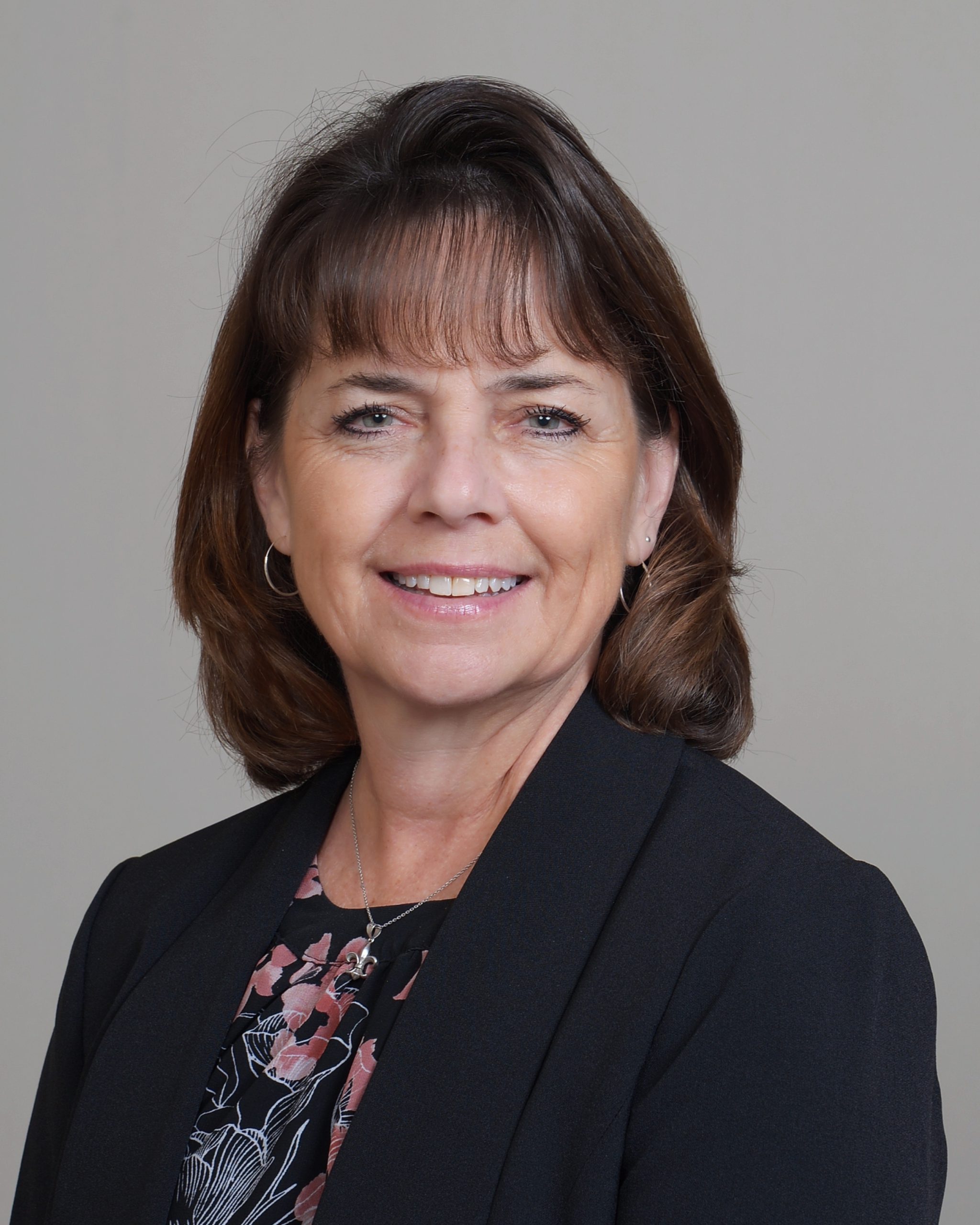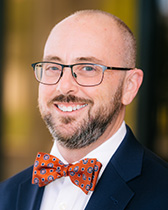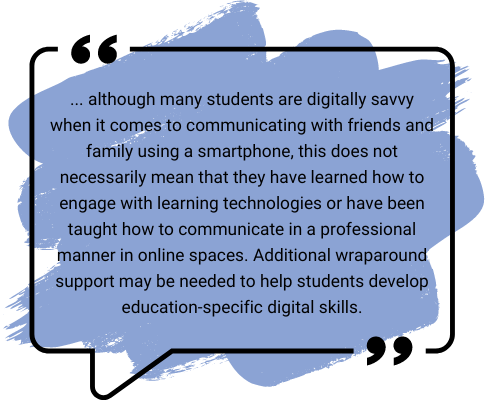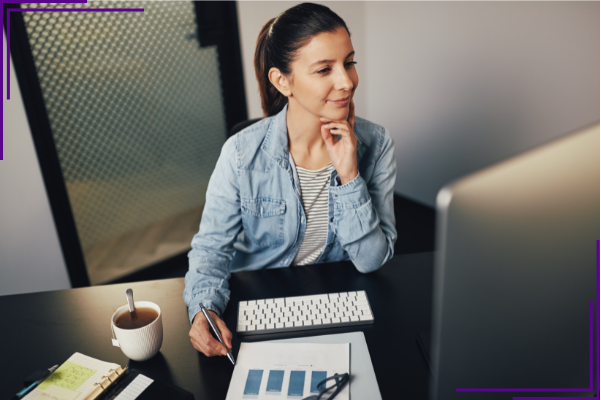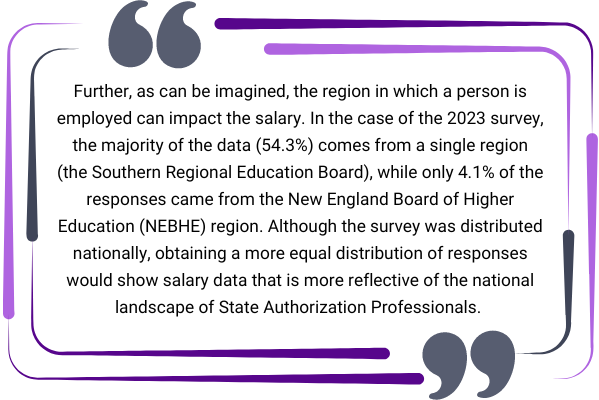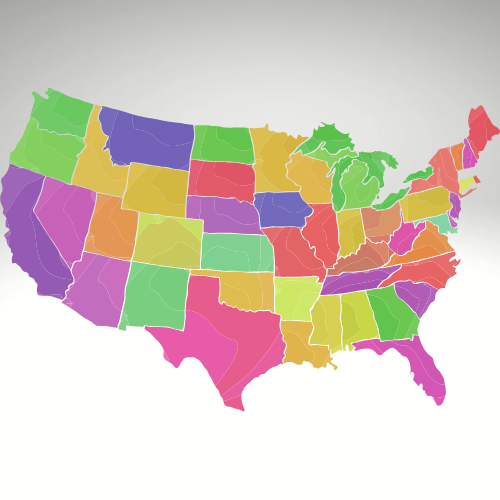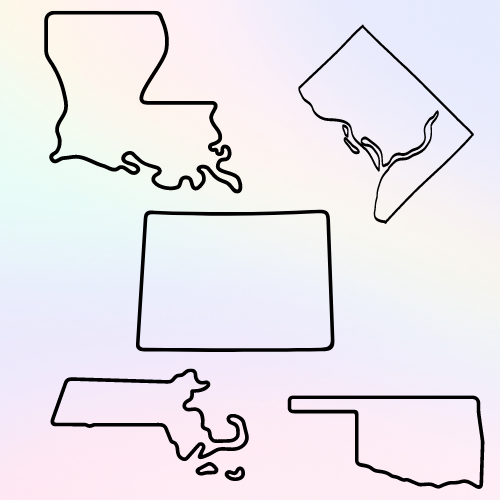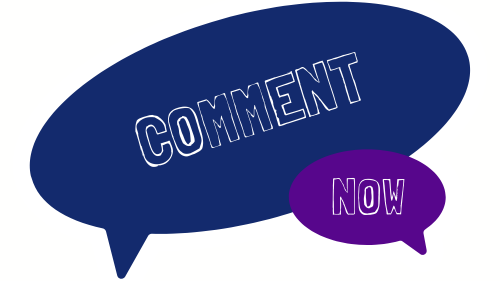
WCET and SAN submitted an extensive public comment on the U.S. Department of Education’s proposed distance education regulations. We invite you to join us in commenting.
On July 24, 2024, the U.S. Department of Education (Department) released the Notice of Proposed Rulemaking (NPRM) and proposed regulations related to the most recent negotiated rulemaking. The regulatory issues in this proposed rulemaking package include Distance Education, Return to Title IV (R2T4), and TRIO Programs. WCET and SAN are committed to closely following these issues, providing information through publications and events, as well as encouraging institution participation in the regulatory process.
Our July WCET Frontiers post Buckle Up. ED is Off to the Races with Its NPRM provided a detailed analysis of the proposed regulations that could have a direct impact on distance education and digital learning. In that post, we urged you to review the proposed regulations, consider our analysis, and consider submitting your own public comment. The window to submit a formal comment closes on August 23, 2024. There is still time to submit a public comment! You must act quickly!

WCET and SAN have prepared and submitted our public comment in which we expand on our quick analysis in the earlier blog post. Review our comment and consider some of the themes that may affect your institution. We released our comment ahead of the deadline in case you wish to echo any of our concerns or support for what is proposed. Importantly, in your comment you should share specific student impact stories and clarifying questions with the Department. It is especially important to ask the Department clarifying questions as it is required to respond to all public comments.
Please note that WCET and SAN support the intent of the Department to provide student protection and protect the integrity of Title IV Federal aid programs. We support the Department’s Principles for Regulating listed in its regulatory plan, 78 FR 1361, published January 8, 2013. “ED is committed to regulations that improve the quality and equality of services it provides to its customers. ED will regulate only if absolutely necessary and then in the most flexible, most equitable, and least burdensome way possible.” The purpose of the WCET and SAN public comment is to balance adding new student protections while minimizing negative impacts on those same students.
Key Areas of the WCET and SAN Public Comment

The WCET and SAN public comment focuses on specific sub-issue areas related to the Distance Education and Return to Title IV issues that were addressed in the Winter 2024 negotiated rulemaking committee meetings. These two issues did not reach consensus during rulemaking. Lacking consensus means that because there was opposition within the committee about the proposed language for regulations for both issue areas, the Department had the authority to write the regulations for both issue areas.
There is a common theme in the WCET and SAN comment related to the clarification that distance education is not only an effective modality of instruction but is infused in face-to-face instruction causing implementation confusion for some proposed regulations. Additionally, our comment illuminates that some of the proposed regulations impose illogical restrictions on distance education that are not required for face-to-face instruction. The implementation confusion and illogical restrictions could ultimately limit student access to important workforce programs, increase staffing time and costs, and cause greater confusion for financial aid offices working with a wider range of institution departments to ensure compliance.
In our introduction, we raise four overarching themes that concerned us about the Department’s proposals:
- Bimodal thinking by the Department that instruction is either distance education or in-person instruction rather than the multimodal blend of instruction that is currently used by faculty.
- Lack of evidence shared by the Department to show actual harm to determine the need for more oversight.
- Punishing the innocent institutions that comply with regulations due to the few institutions that are found to be non-compliant.
- Distance education is being treated by some negotiators and by some of the proposals as an inferior modality of instruction.
We also supplied detailed reasoning for what we support, where we have concerns, and suggestions for alternatives for the following proposed regulations:
- Attendance taking for distance education courses (34 CFR 668.22)
- 14-day documentation of withdrawal for attendance taking. (34 CFR 668.22)
- Removal of Title IV aid for asynchronous clock hour distance education programs. (Amending – 34 CFR 600.2 Definition of Clock Hour and 34 CFR 668.3 Definition of an Academic Year)
- Definition of distance education course (Amending 34 CFR 600.2 Definition section to add distance education course)
- Addition of virtual location as a type of Additional Location. (Amending 34 CFR 600.2 Definition of Additional Location)
Please review the key areas carefully, as some of the regulations could significantly impact your students and faculty. Also, note where you have questions about how the regulation would be implemented, as getting answers to those questions is very important.
Your Public Comment to Address Distance Education Regulations
How did WCET and SAN arrive at their public comment? WCET and SAN responded to this “year of significant Department attention to regulating distance education” by holding a special in-person policy event to discuss potential rules and institutional implications. One hundred and sixty attendees from institutions and higher education organizations assembled in St. Louis in late July 2024 for two days to learn about the current Federal rulemaking, network with colleagues, and plan for the next steps and the public comment period.

At that event, participants received updates on what is happening in Washington, DC as well as panel sessions on the Winter negotiated rulemaking.
One attendee remarked that the meeting was “one of the most informative policy conversations I have been part of in a very long time.” We thank the attendees for their input, as their experiences informed our comment.
You, too, can participate in the regulatory process to address the new proposed regulations by providing a public comment.
The Federal Register announcement for the recently proposed regulations directs individuals to the Federal eRulemaking Portal to electronically submit the public comment.
The deadline for this public comment is August 23, 2024.
Consider the following:
- Why comment? Your views matter! You can ask key implementation questions. The volume of information shared matters.
- How to comment? “Submit a Formal Comment” button link is located on the Federal Register announcement.
- When to comment? Immediately!The comment period closes on August 23, 2024.
- Who can comment? Anyone! But, for official comments from an institution or organization, you must have been given the authority to submit.
- What to comment? Support, Questions, Concerns, Student Impact. They especially want to hear about how a proposal will affect your students.
Your experiences could inform the Department about specific challenges and unintentional consequences for students and institutions. We encourage you to suggest alternatives and ask clarifying questions. The Department could benefit from your information. Specifically, the Department appreciates precise comments, with references to sections and subsections to organize your submission. Where possible, support your argument with data-driven evidence. You are welcome to use our published comment for suggestions on possible comments and to help you cite specific proposals.
As we previously mentioned, volume matters. However, while the number of comments matters, each comment should be substantive and useful. The Department noted that a well-supported comment is more informative than many form letters. We do not supply a comment template as the Department is clearly discounting submissions that look the same.
Next Steps
Following the public comment period, the Department must review each comment to respond and consider the information related to the development of the final regulations. The response to comments, typically by comment themes, will be provided in the “preamble” of the publication of the final regulations provided in the Federal Register.

After the public comment period, there is one more opportunity for individuals to participate in the rulemaking process. Before the release of the final regulations, the Department must submit the final draft regulations for an Executive Branch review by the Office of Information & Regulatory Affairs (OIRA) part of the Office of Management and Budget (OMB). The review of the regulations takes approximately 3-4 weeks. The OIRA review is required to consider consistency with administration goals, issues of federalism (undue burden upon state oversight), and economic impact (costs to implement).
Individuals may request an audience with OIRA/OMB or, as they call it, an Executive Order (EO) 12866 Meeting. The meeting is an opportunity to be heard about these issues related to the regulatory actions in question. We urge you to request a meeting to discuss your concerns on the OIRA review. We believe the economic impact of these proposals on institutions and students is disturbingly underestimated. In the case of distance education data collection, they admitted they could not estimate it and deferred it to a later date. Institutions will need to be clear about where the implementation of these proposals will incur significant costs.
WCET and SAN requested an OIRA/OMB meeting prior to the release of the final Certification Procedures regulations in Fall 2023 and found the meeting beneficial. The thirty-minute meeting is essentially a listening session with OIRA staff and a Department representative. It is an opportunity to be heard by Federal staff outside of the Department and to consider any outstanding concerns and implications.
If the final regulations are released by November 1, 2024, they will be effective as early as July 1, 2025. It is at the Department’s discretion to determine if there is an enforcement date beyond the effective date of the regulations for institutions to prepare adequately for compliance. The WCET and SAN public comment includes a request for a later enforcement date related to a few of the proposed regulations.
WCET and SAN will follow the next steps closely and share more as those steps occur!
Post Authored by Cheryl Dowd – SAN, Van Davis – WCET, and Russ Poulin – WCET


